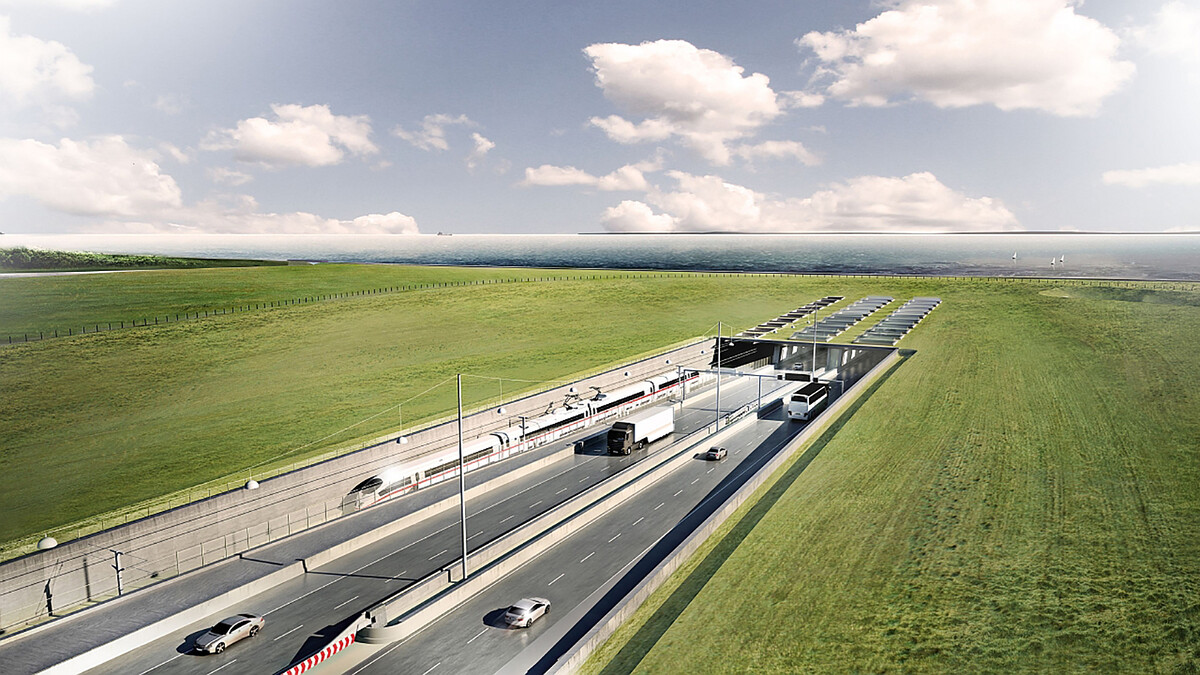Variant comparison for the Fehmarn-Sund submerged tunnel crossing
Project duration from 2016 to 2021
Client
Deutsche Bahn AG
Location
Fehmarn, DE
The new Sund crossing between the island of Fehmarn and the mainland of eastern Holstein is much needed because the bridge linking them, the Fehmarnsundbrücke, built in 1963, with a two-lane road and a single-track rail line, is no longer able to satisfy future transport requirements. Parallel to this, from the Danish end, the Fehmarn Belt Tunnel is creating a link to the island, strengthening the European North-South axis for road and rail transport.
For this Fehmarn-Sund crossing, OBERMEYER was appointed by Deutsche Bahn with the production of an evaluation method and with the implementation of a route selection process. To this end, OBERMEYER worked jointly with the specialist environmental consultancy agency of Baader-Konzept to draft a ‘criteria catalogue’ featuring 230 indicators in five active areas for a multi-stage assessment process.
To protect the fragile environment in the Sund area, weighting and sensitivity analyses were conducted and, to quantify the investment costs of the planners, standardised life cycle costs were defined as a defining criterion for cost-effectiveness. Finally, the alternative of the submerged tunnel was found to be a solution fit for the future. Following the positive decision of the project partners and Germany’s Federal Ministry of Transport, comprehensive documentation was produced in the second phase of this project.
Planning figures for this two-kilometre length of submerged tunnel for the Fehmarn-Sund crossing, including refurbishment of the existing bridge for ‘slow traffic’ (pedestrians, cyclists etc.) and the new-build of the new four-lane B 207 federal highway are expected to amount to €714 million. This new infrastructure, together with the Fixed Fehmarn Belt Crossing, is scheduled to enter service in mid-2029.
Copyright: Femern AS
